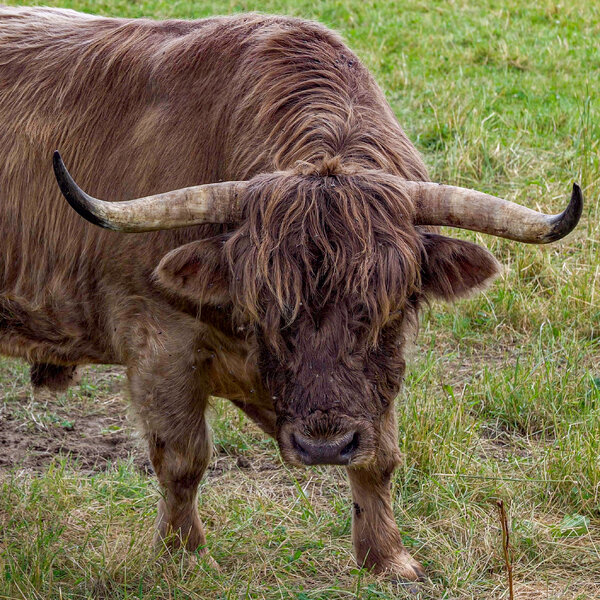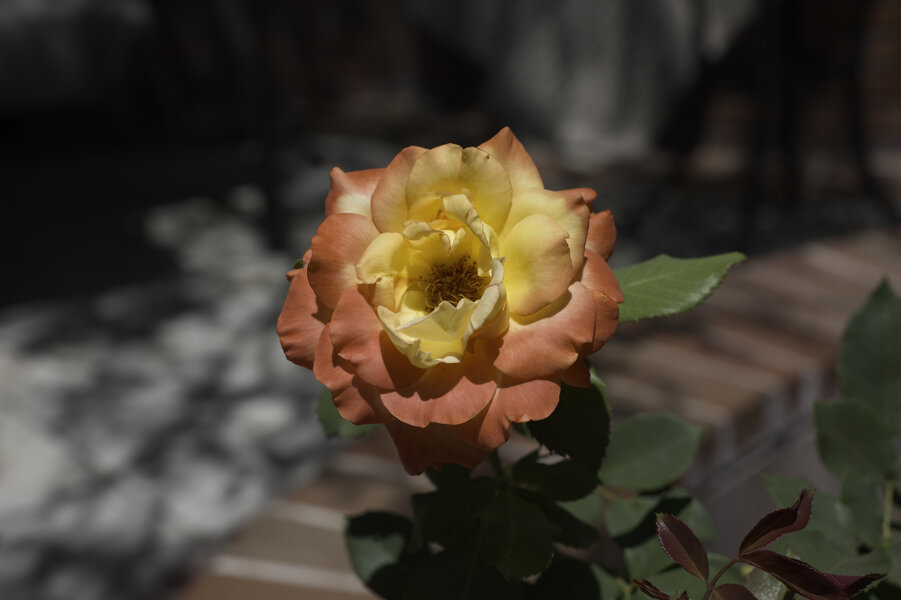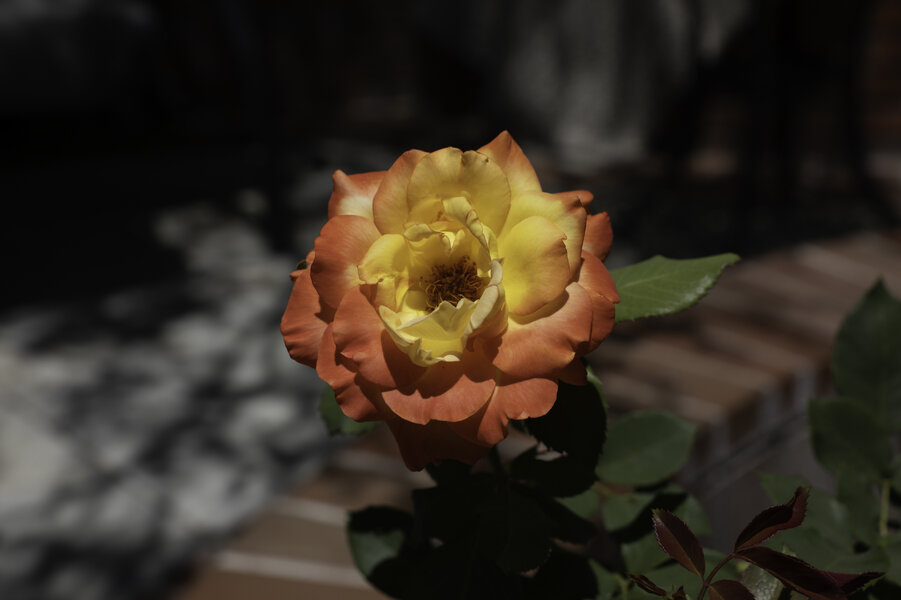CharlesH
LMF-Patron Gold
S1RII Firmware 1.2 added the HEIF photo format and the HDR(HLG) photo style. These features were first introduced by Panasonic with the S1II and S1IIE, plus they have already been available in some Sony and Nikon models.
HEIF itself has 10 bits so it has a little more latitude than 8 bit JPEG for post processing. But HLG adds a LOG photo style for photos and this expands the dynamic range of HEIF to make HDR photos. Of course you need a HDR display to correctly view HDR photos. If you have a phone or tablet with a HDR display the photos will display in HDR. Or with a laptop with a HDR display like the MacBook Pro the photos display in HDR with Preview. All these photos can be moved to Photos (Apple) and they will display HDR across all your devices. I'm sure there are Windows and Android ways to do this same thing.
The camera setup is to set the Rec. File Format(Photo) to HEIF (or RAW + HEIF). Then set the HEIF Format to HDR(HLG). The default HEIF Format is SDR, so change it to HDR(HLG). Now the only Photo Styles available are STD.HLG, MONO.HLG, and REAL TIME LUT.HLG. I have been using STD.HLG. With these Photo Styles the minimum ISO is 320.
My experience with this so far is quite good. I have mentioned several times in this forum that I already use LightRoom to process RAW photos into HDR, and at least tentatively I find this HEIF-HLG method is just as good. Also you can further edit these HEIF-HLG photos in LightRoom if needed. In practice you will want to over-expose by at least one stop to get reasonable HDR, possibly more, to take advantage of the dynamic range of the display.
Sony and Nikon users sometimes reported over-saturation of HEIF-HLG photos, especially in the red, although I don't know whether that is a real issue, or it was and is now corrected. My experience is that these Panasonic photis can be just slightly under-saturated in Lightroom, but when viewed directly with Preview or Photos the saturation looks perfect.
I also took a look at how these HDR photos are in a video editor, since a thing I like to do is incorporate HDR photos into HDR videos. They incorporate directly into Final Cut Pro and into DaVinci Resolve and look very good; except with DaVinci Resolve the color saturation was a little too high and I needed to back it off, but this is a minor issue.
A good thing about HEIF is that the file size is quite small compared to JPEG, and minuscule compared to RAW. Since I almost always work in HDR it could be possible I would only shoot HEIF. But I expect I'll do HEIF + RAW for some time so I can compare them if needed.
HEIF itself has 10 bits so it has a little more latitude than 8 bit JPEG for post processing. But HLG adds a LOG photo style for photos and this expands the dynamic range of HEIF to make HDR photos. Of course you need a HDR display to correctly view HDR photos. If you have a phone or tablet with a HDR display the photos will display in HDR. Or with a laptop with a HDR display like the MacBook Pro the photos display in HDR with Preview. All these photos can be moved to Photos (Apple) and they will display HDR across all your devices. I'm sure there are Windows and Android ways to do this same thing.
The camera setup is to set the Rec. File Format(Photo) to HEIF (or RAW + HEIF). Then set the HEIF Format to HDR(HLG). The default HEIF Format is SDR, so change it to HDR(HLG). Now the only Photo Styles available are STD.HLG, MONO.HLG, and REAL TIME LUT.HLG. I have been using STD.HLG. With these Photo Styles the minimum ISO is 320.
My experience with this so far is quite good. I have mentioned several times in this forum that I already use LightRoom to process RAW photos into HDR, and at least tentatively I find this HEIF-HLG method is just as good. Also you can further edit these HEIF-HLG photos in LightRoom if needed. In practice you will want to over-expose by at least one stop to get reasonable HDR, possibly more, to take advantage of the dynamic range of the display.
Sony and Nikon users sometimes reported over-saturation of HEIF-HLG photos, especially in the red, although I don't know whether that is a real issue, or it was and is now corrected. My experience is that these Panasonic photis can be just slightly under-saturated in Lightroom, but when viewed directly with Preview or Photos the saturation looks perfect.
I also took a look at how these HDR photos are in a video editor, since a thing I like to do is incorporate HDR photos into HDR videos. They incorporate directly into Final Cut Pro and into DaVinci Resolve and look very good; except with DaVinci Resolve the color saturation was a little too high and I needed to back it off, but this is a minor issue.
A good thing about HEIF is that the file size is quite small compared to JPEG, and minuscule compared to RAW. Since I almost always work in HDR it could be possible I would only shoot HEIF. But I expect I'll do HEIF + RAW for some time so I can compare them if needed.




